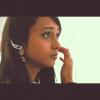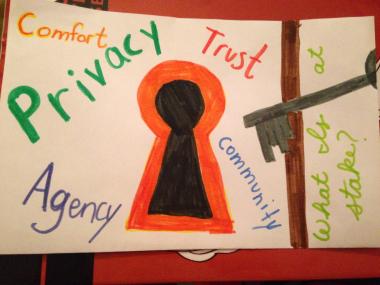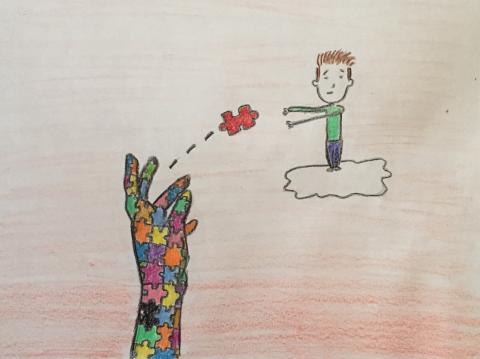Diagnostic categories/ disability culture?
By kefio05March 22, 2016 - 01:42

One of the quotes that I found very intriguing from the introduction is "I do not give diagnostic categories for myself and my own physical and mental differences" (6). This immediately brought me back to my Mental Affliction class last Fall, where the first thing our professor said was that this was not a class focused on nosology, or trying to define the narratives by their diagnosis. Instead we were to look at the pieces as they were, a subjective or fictional sharing without the medical or psychological stigma associated with diagnosis. When Kuppers proceeded to do the same, it got me thinking about labels, diagnoses and how they relate to disability culture.







